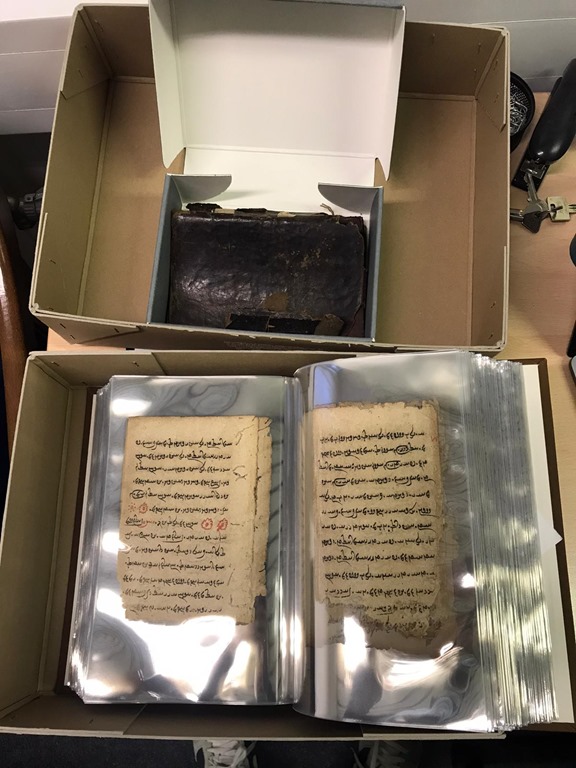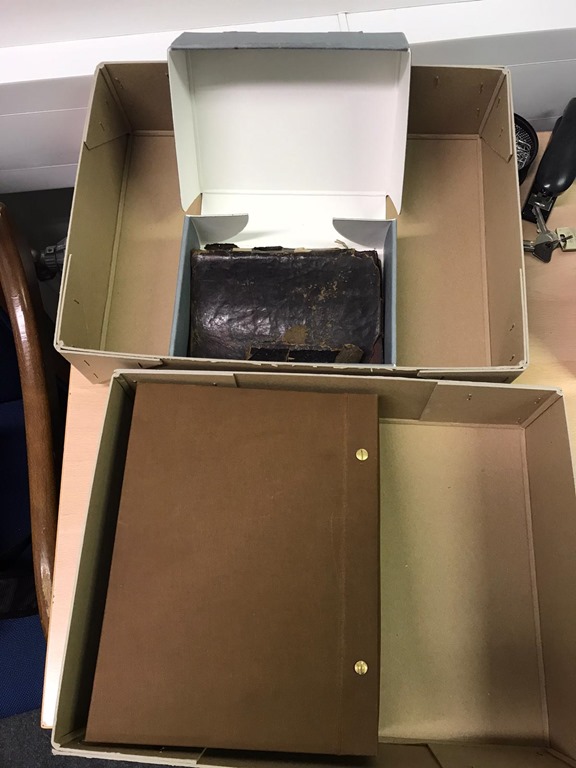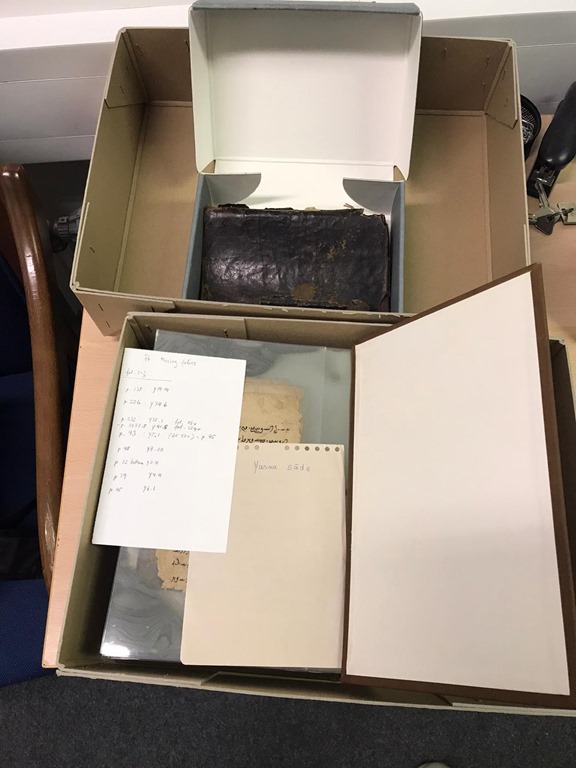FEZANA COLLABORATES WITH SOAS
A number of centuries-old Avestan paper manuscripts are in greatly deteriorating conditions, requiring expert and costly efforts to conserve them for research and to keep them available for the benefit of future generations of Zoroastrians. In 2019, FEZANA made a grant of $ 800 for the restoration of a manuscript to Dr. Almut Hinze, Professor, School of Oriental and African Studies (London), in the Shapoorji Pallonji Institute of Zoroastrian Studies (SSPIZS). Dr. Hinze selected ms. J6, of theYasna Sada belonging to the family collection of Dasturji JamasapAsa, which bears the stamp of “Jamaspji Minocherji Dastur”. J6 is one of the older manuscripts of the Yasna from the 17th century, and was selected on account of its “terrible condition” and as it was “not safe to use”.
Manuscripts that contain only Avestan text, are called sāda “pure” (Encyclopedia Iranica). Other manuscripts also contain a Pahlavi or Sanskrit translation. The manuscripts are Iranian or Indian in origin.
In notifying FEZANA of the completion of the conservation, Dr. Hintze wrote: “I am delighted to report that thanks to your kind donation and the support of the Corpus Inscriptionum Iranicarum, the manuscript J6 has now been restored and photographed.”
The next step, “is to prepare a facsimile edition of the manuscript so that the images are made available to the wider public.” Dr. Hintze has also forwarded to us a copy of the restorer’s report and the cost estimate of the project.
A brief excerpt from the restorer’s report describes the deteriorating state of the manuscript:
“A paper manuscript approximately 200mm x 140mm, originally containing 210 folios of
manuscript text (420 pages), but with approximately 12 folios now missing. It is sewn between
course-fibred laminated paper boards, and contained within the degraded remnants of a brown
leather binding … The leather has separated completely from the boards, having shrunk considerably... They are all single sheets, with approximately one third being significantly shorter along
the gutter edge; ... The glue or paste has also dried out, so that many of the smaller folios are now detached and loose.
The text folios are overcast using a crude sewing thread, and sewn into seven quires …
The text is in a black, carbon based ink. Occasional words are written in red ink, and there are
numerous red flower motifs and circles within the text.“
A few images of the “before” and “after” of the manuscript are attached.
Dinyar Patel & Kersi Shroff, Co-Chairs, FEZANA, Research and Preservation Committee








